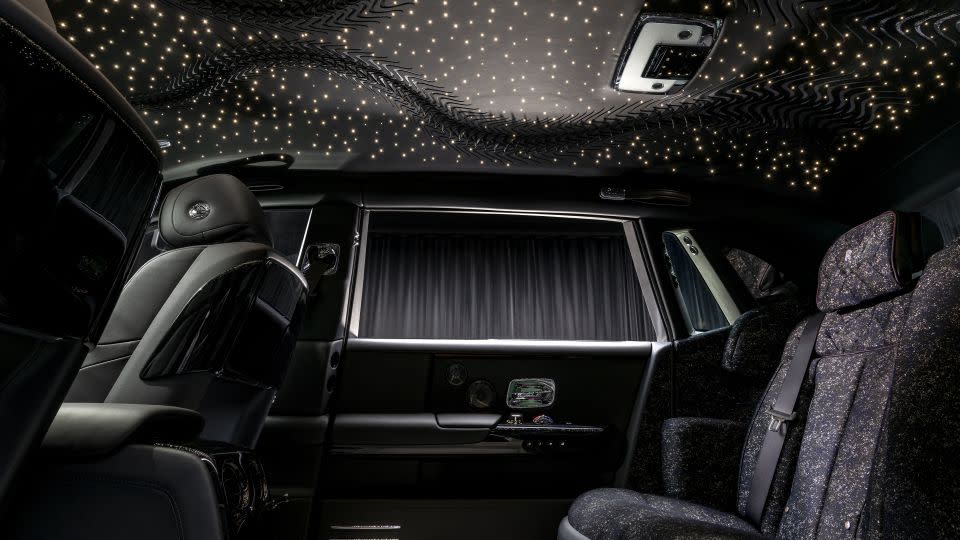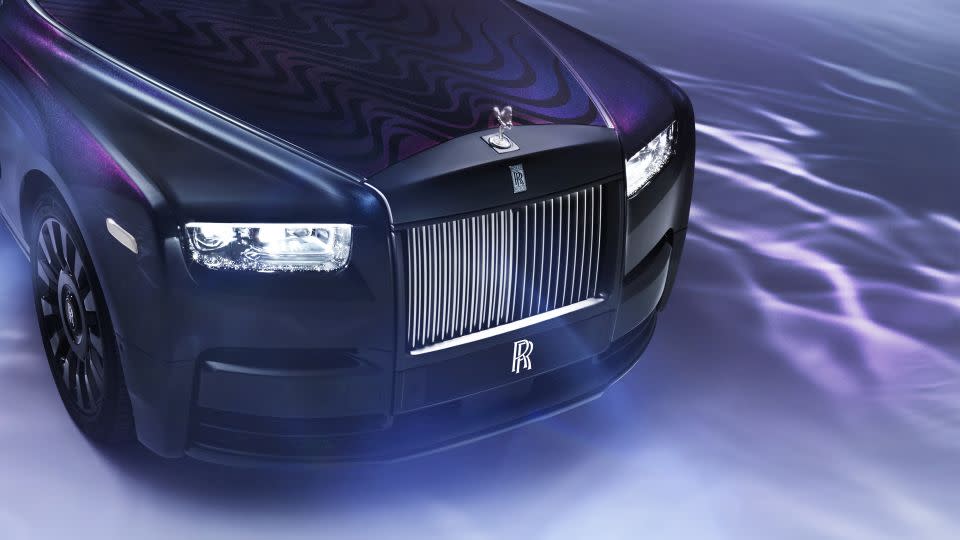Rolls-Royce is vastly expanding its factory in Chichester, England. The BMW subsidiary is adding five new buildings with construction planned to start next year.
Usually, when a carmaker expands a factory it’s for one simple reason: building more cars. But this is Rolls-Royce. Making and selling more Rolls-Royces would undermine the brand’s vaunted exclusivity.
So this factory expansion isn’t about making more cars, but making more expensive cars, which takes more time and requires more space for workshops and storage of exotic materials.
The expansion signals something about Rolls-Royce’s ultra-wealthy clientele. While they can only buy so many cars, they can certainly spend more on each one.
Since 2020, Rolls-Royce sales have increased 17%, reaching a record of 6,032 cars and SUVs worldwide last year. Over that same time, though, the average amount of money customers paid for their cars increased 43%, going from $350,000 in 2020 to $500,000 each, on average, last year.
That increased revenue per vehicle comes largely from more complex and time-consuming customization — “bespoke,” as Rolls-Royce terms it — requests. It even calls its luxury customization programs “Bespoke” and, for fully customized models, “Coachbuild.”
“We’re not necessarily growing that much in volume,” said Martin Fritsches, president of Rolls-Royce Motor Cars Americas. “That’s obviously not our focus point. But clearly, our bespoke area is gaining and relevant. And has been expanding dramatically, particularly in the last couple of years.”
Even wealthier customers
This will be the first major expansion of the factory since it was built in 2003 following BMW’s purchase of the brand in 1998. Before that, Rolls-Royce cars were built alongside Bentleys — Rolls-Royce had acquired Bentley in 1931 — at a factory in Crewe, UK.
Bentley, now owned by Volkswagen, still builds cars in Crewe and has its own customization program, as well. Last year, nearly three quarters of Bentley customers requested custom options beyond the brand’s already lengthy options list, an increase of 43% from the year before.
Italian supercar manufacturers Lamborghini and Ferrari have also both reported increased levels of interest in customization programs.
“We are limited in terms of (market) size and in terms of [market] segments,” Lamborghini chief executive Stephan Winkelmann said in a recent interview with CNN. “So we have to get the most out of every single car.”
The increase in extreme vehicle customization results, in large part, from increasing levels of extraordinary wealth around the world. There are simply more ultra-rich people in the world and they have more money to spend on things like cars with diamond dust in the paint and picnic gear built into the cargo area.
“The customer is rich, but he’s not stupid. You have to earn your price increase,” said Javier Gonzalez Lastra, investment partner with Tema ETFs, which operates a luxury goods investment fund.
Bespoke doesn’t just mean choosing paint colors, although customers can certainly do that. Rolls-Royce buyers even provide nail polishes or neckties and ask that their car match the color. But customers also want special wood inlay designs, custom fabric patterns and built-in cabinetry in their cars. These are the sorts of requests that have been increasing in number and complexity, Fritsches said.
These sorts of requests take time — and space — to fulfill. One car, a Rolls-Royce sedan called the Phantom Syntopia, sported iridescent paint made with differing amounts of glass particles to create flowing designs on the outside of the car. The same effect was used on lacquered tray tables inside the car. Besides that, a curving fabric design in the interior sparkled with light from thousands of thin fiberoptic cables. The car even had a custom scent inside, a first for Rolls-Royce.
The Phantom Syntopia likely would have cost more than $3 million according to sources, although Rolls-Royce would not confirm an exact price. It took 18 months to build after a four year design and development process, according to Rolls-Royce.

“This is a clear example where you have to dedicate a lot more time to craftsmanship,” said Fritsches, “and this is where you need the additional space to store additional materials.”
While the Phantom Syntopia was an extreme example, other projects involve requests for options such as detailed wood and mother-of-pearl inlays.
A larger number of highly customized cars means that, in order to get customers their finished cars without making them wait years, more space is needed for assembly and for various specialized workshops, Fritsches explained.
Rolls-Royce has even created a small number of entirely custom-built cars that are not just standard models, such as the Phantom or Cullinan, with unique features or colors. These cars, like the Rolls-Royce Boat Tail, of which three were built, are entirely unique and can cost tens of millions of dollars.
For more CNN news and newsletters create an account at CNN.com
Credit: Source link
